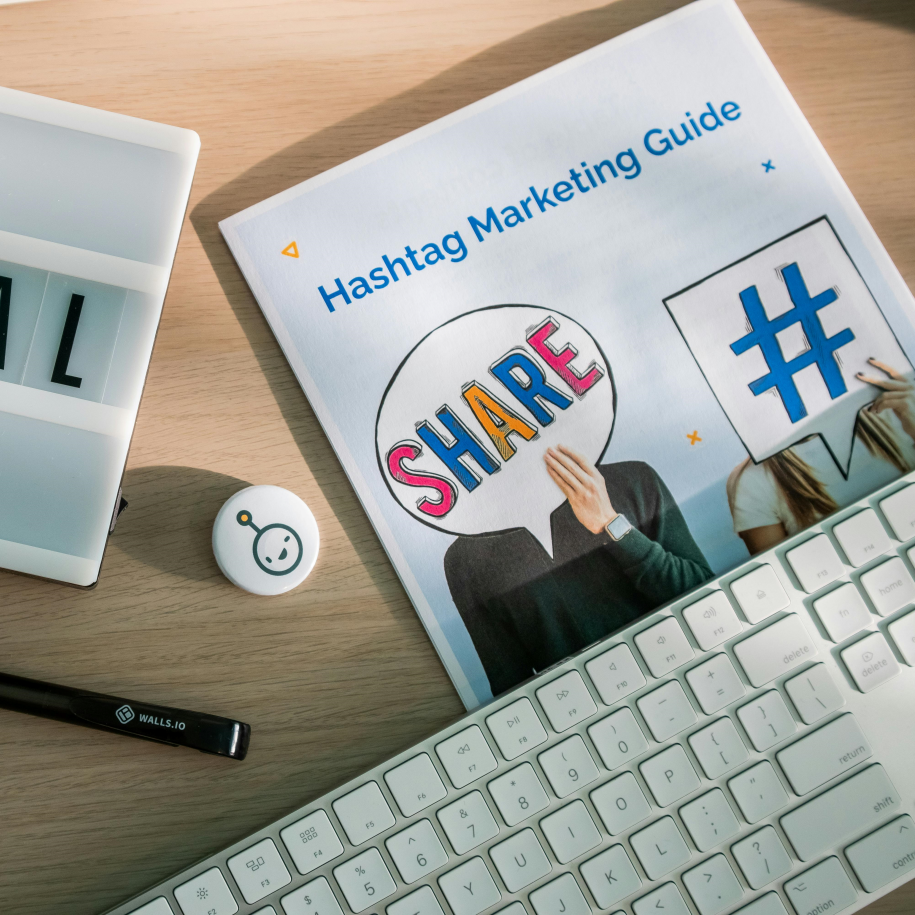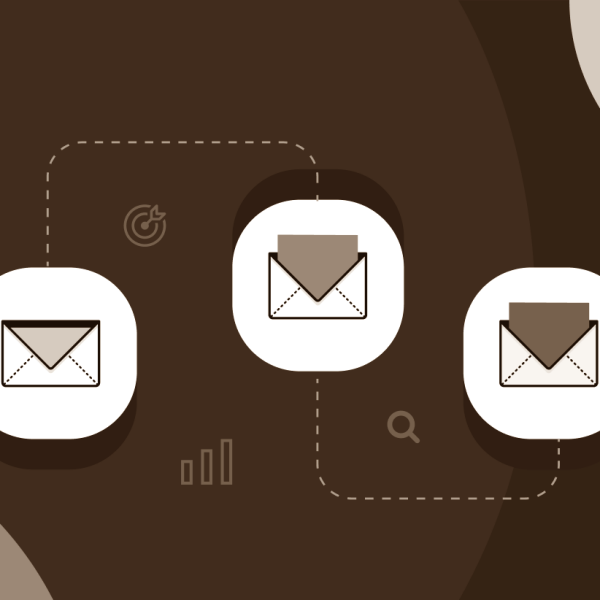
Creating content isn’t enough—it’s about making it work harder and smarter. That’s where content repurposing strategies come into play. Instead of constantly producing new material, smart marketers maximize their existing assets to expand reach, boost efficiency, and keep content fresh across multiple platforms.
From blog posts and videos to podcasts and social media snippets, repurposing allows brands to stretch each piece of content further. The result? Greater visibility, stronger audience engagement, and significant time savings. Discover how Noble House Media helps brands turn one piece of content into many.
What Is Content Repurposing and Why It Works
Content repurposing is the practice of taking a single long form asset—like a blog post, webinar, or video—and transforming it into multiple pieces of content tailored for different channels. It’s a foundational element of a sustainable marketing strategy, allowing brands to maximize the value of existing materials without constantly reinventing the wheel.
For example, a long-form blog can be broken into quote graphics for social media platforms like Instagram, short videos for TikTok or LinkedIn, and even condensed into an email newsletter or podcast discussion. By adapting content to fit the format and audience of each platform, brands can maintain visibility across multiple social media platforms while reinforcing their messaging consistently.
Repurposing content also plays a major role in boosting SEO. When content is distributed across various formats and platforms, it creates more opportunities to appear in search engine results and drive traffic back to a central site. Plus, this strategy improves brand recall and keeps the message aligned at every touchpoint.
Ultimately, content repurposing is not just about saving time—it’s about building a smarter, more efficient engine for growth that supports reach, consistency, and discoverability across today’s fast-moving digital landscape.
Benefits of Content Repurposing for Modern Brands
Implementing a thoughtful content repurposing strategy offers more than just convenience—it’s a smart move for maximizing marketing impact. One of the biggest advantages is that it saves time and resources. Instead of constantly creating from scratch, brands can extract new formats and insights from high quality content they’ve already invested in.
Repurposing also helps reinforce core messaging across different touchpoints, ensuring consistency and repetition—both of which are essential for brand recall. It opens the door to new target audiences by adapting content to suit various platforms and consumption preferences.
For instance, that in-depth blog post on industry trends? It can be turned into a conversational podcast episode, a visual email newsletter, or even a short-form YouTube video to reach users who prefer different types of content.
At a time when attention is fragmented across channels, content repurposing ensures your message stays visible and relevant—without burning out your team or your budget. It’s an efficient, audience-focused way to keep content working harder, longer, and smarter.
Best Types of Content to Repurpose
Certain formats lend themselves especially well to repurposing, allowing brands to get the most out of each piece and meet audiences where they are. Below are some of the most effective types of content to work with, along with ideas for how to repurpose them across various platforms:
- Blog Posts: Turn a well-performing blog into bite-sized takeaways like quote graphics or social cards. Expand its reach with a polished version on LinkedIn or use it as the script for a short video explainer. It’s a great way to transform written work into multimedia content.
- Webinars: Webinars are packed with insights that can be sliced into video content snippets for Reels or TikToks. Summarize key takeaways in a blog post, or create a downloadable PDF guide to extend its shelf life.
- Podcast Episodes: Pull out soundbites to create audiograms or quote cards for social media posts. Transcribe episodes into email newsletters or blog recaps to improve accessibility and boost search visibility.
- YouTube Videos: Long-form YouTube video content can be clipped into Shorts or Instagram Reels. Key points can also be turned into infographics or repackaged into written content for blog articles or carousels.
- Whitepapers: Break down complex data and insights into an email series, digestible carousel posts, or repurpose case studies into success-story style social media posts.
The beauty of repurposing lies in meeting users where they are—whether they’re scrolling, listening, watching, or reading. By translating one strong idea into multiple formats, brands can maintain message consistency while maximizing content reach across channels.
How to Build an Effective Content Repurposing Strategy
A strong repurposing strategy starts with structure. Creating a repeatable process ensures your team maximizes every asset and keeps your content marketing engine running efficiently. Here’s how to build a workflow that works:
Step 1: Audit Existing Content for Evergreen Value
Start by reviewing your existing content—especially long-form assets like blog posts, videos, webinars, and podcasts. Look for evergreen topics that still hold relevance and can be broken down or reframed for new audiences.
Step 2: Identify Best-Performing Content Based on Analytics
Data doesn’t lie. Use tools like Google Analytics, social media insights, and email metrics to determine which pieces of content had the most impact. High-performing blog posts, videos, or social media posts make great candidates for repurposing.
Step 3: Match Content Types with Platforms and Formats
Not every asset fits every channel. For example, a how-to blog can become a quick Instagram carousel or a step-by-step TikTok. A webinar replay can be turned into short video clips for YouTube Shorts or LinkedIn. Tailor each piece to the strengths of its platform while keeping the message consistent.
Step 4: Create a Repurposing Calendar Aligned with Your Goals
A repurposing calendar ensures content stays organized and supports your overall content marketing goals. Schedule posts strategically to complement campaigns, reinforce key messages, and extend the lifespan of your original content.
At Noble House Media, scalable repurposing content workflows are built into every strategy. The goal is simple: help brands do more with what they already have. Whether it’s amplifying visibility or connecting with target audiences across new platforms, the results speak for themselves.
Example: Turning One Blog into a Full Funnel Strategy
A well-crafted blog post can do far more than rank in search results—it can become the foundation for a full-funnel social media strategy. For example, imagine a long-form article on industry trends. That single post can be broken into multiple social media snippets to raise awareness across platforms like LinkedIn and Instagram, each tailored to different target audiences.
Next, key takeaways from the blog can be turned into a short video content recap, designed to boost engagement and stay memorable in users’ feeds. That same content can be woven into an email newsletter sequence to nurture leads, highlight value, and build trust over time.
Meanwhile, the original post—optimized with keywords and internal links—continues to work behind the scenes as a traffic magnet, building organic visibility through SEO. This approach not only improves return on investment but also creates a cohesive content experience across the buyer journey. By aligning touchpoints and maintaining consistent messaging, brands stay top-of-mind from discovery to conversion.
Repurposing in this way not only multiplies content value but also ensures your message is heard where your audience spends their time—without recreating the wheel every time.
Mistakes to Avoid When Repurposing Content
Even with the best intentions, some brands miss the mark when it comes to repurposing content effectively. One of the most common missteps is simply reposting the same piece without adapting it for the audience or platform. What works in a long-form blog may not translate well to a quick-hit Instagram reel or email teaser. A smart repurposing strategy involves reworking tone, visuals, and structure to suit each format.
Another pitfall is failing to tailor content for the nuances of each channel. A high-performing YouTube clip might need trimming and subtitles to work on social media, while a blog excerpt for LinkedIn should lean more professional.
Finally, skipping performance analysis is a missed opportunity. To improve your marketing strategy, it’s essential to track which repurposed assets deliver the most engagement and refine them accordingly. Repurposing isn’t just about recycling—it’s about optimizing with purpose.
Build Your Content Strategy with Noble House Media
Consistency and efficiency are everything. Adopting smart content repurposing strategies allows brands to extend the life and impact of their messaging across multiple platforms. Moving away from a one-and-done approach helps maximize value from each asset while maintaining relevance with diverse target audiences. The result? More visibility, less time spent, and better alignment with marketing goals.
Ready to scale your content marketing efforts with purpose? Contact Noble House Media to build a sustainable repurposing strategy tailored to your brand’s voice, assets, and long-term growth.










